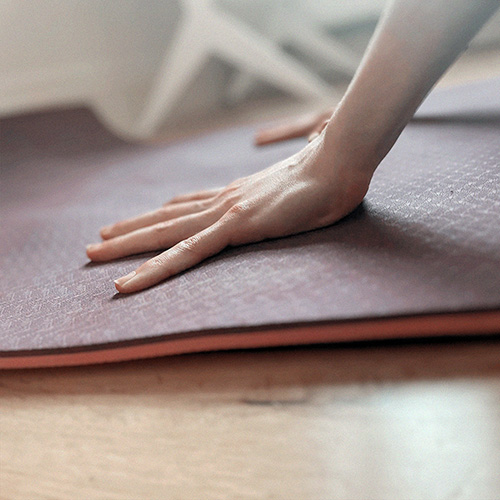Most of us want our bodies and minds to be strong enough to do arm balances such as the crow pose. When the arm balance is the issue, we immediately question whether our arms are strong enough or not. Yet, at the base of it, there lies a simpler but less known fact: hasta bandha, translated as "hand lock" in English from Sanskrit.
If you aren't familiar with the term bandha, you might be confused already. Let me explain a little before we move on further with hasta bandha.
In yoga, it is primarily believed that there is a life force flowing through our bodies, Prana Shakti. To regulate, improve, and sometimes heal this life force we use bandhas (locks) in certain areas of our bodies. These can be activated through muscular contractions, which lock the energy and restrict blood flow. Eventually, bandhas boost circulation, increase the quality of the blood flow, remove dead cells, and provide a balanced and healthy energy channel.
Now, let's go back to hasta bandha, hand lock, one of the minor bandhas in the body.
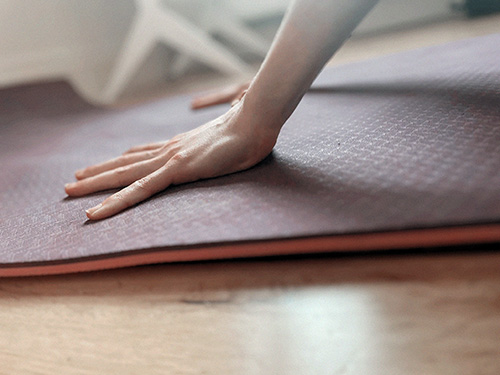
This is a correct representation of your hands in down dog. Palm is up. See the wrong below.
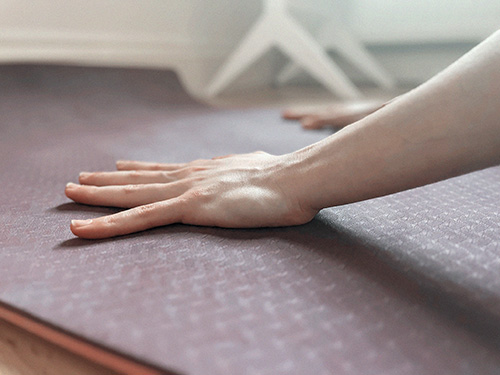
Palm is flat on the ground. Weight is not spread through the fingers. Wrong
It is important to learn how to control this lock not only for arm balances, of course. In most yoga flows we spend half of our time on our hands. By locking and releasing hasta bandha, you ensure the energy through your arms and then Sushumna (primal energy channel located in the spine) is pure and freer of blockages.
To look into this matter from a more physical and materialistic point of view, any knowledgeable yoga practitioner would say that not involving the hand lock in your practice might cause serious wrist injuries. Downward facing dog, for instance, as one of the most basic yoga asanas, requires your body weight to be carried on your hands (not in your wrists, mind you!). However, if you aren’t instructed otherwise, you might overload your weight onto your wrists, and the heels of your hands, which eventually may hurt you.
But where should the weight be put into?
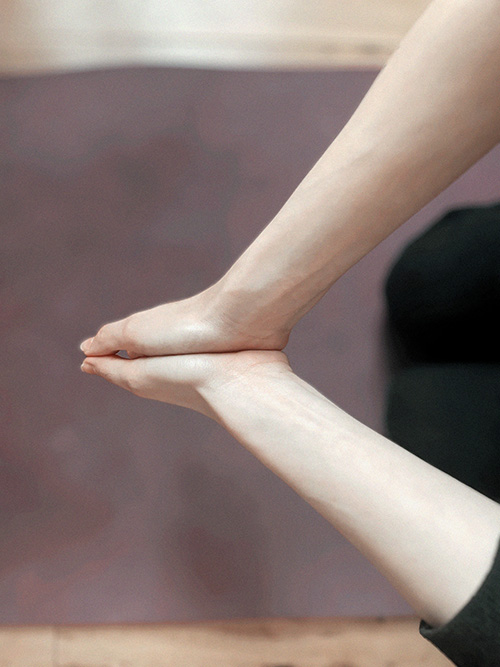
This is how it looks when your fingers are not engaged and palms are flat on the mat.
That is the question. Hasta bandha is placed between your index finger and thumb. When you open all your fingers wide in poses where you are on your hands, claw your fingers, which will cause your palms to be up. Try to give more of your weight to the spot between the thumb and index finger, and less towards the pinky one.
Before going onto your hands, let's try to find it while seated.
- Bring your palms together in front of your chest
- Rotate your fingers forward to see the heels of your hands. They are together almost like they are glued, right?
- Now rotate your fingers up again towards the sky (back to number 1)
- Press each finger towards one another, especially the index fingers and thumbs
- While pressing, rotate the fingers forward once again to notice that there is now a little gap between the heels of your hands.
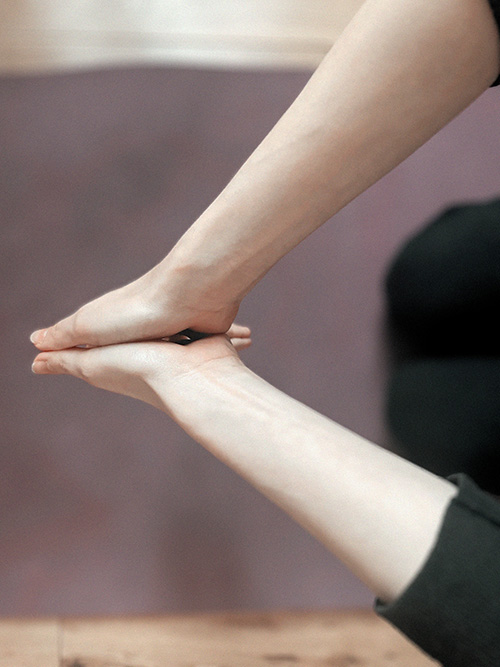
This is what we want when our body weight is on our hands.
Now you know! Don't forget that, just like asanas, applying bandhas will also take time. You need to be mindful and patient with yourself. The only way is by practice.
I am planning to share about other bandhas as well! If you find this useful, please share it with others.
With light,
Necla
